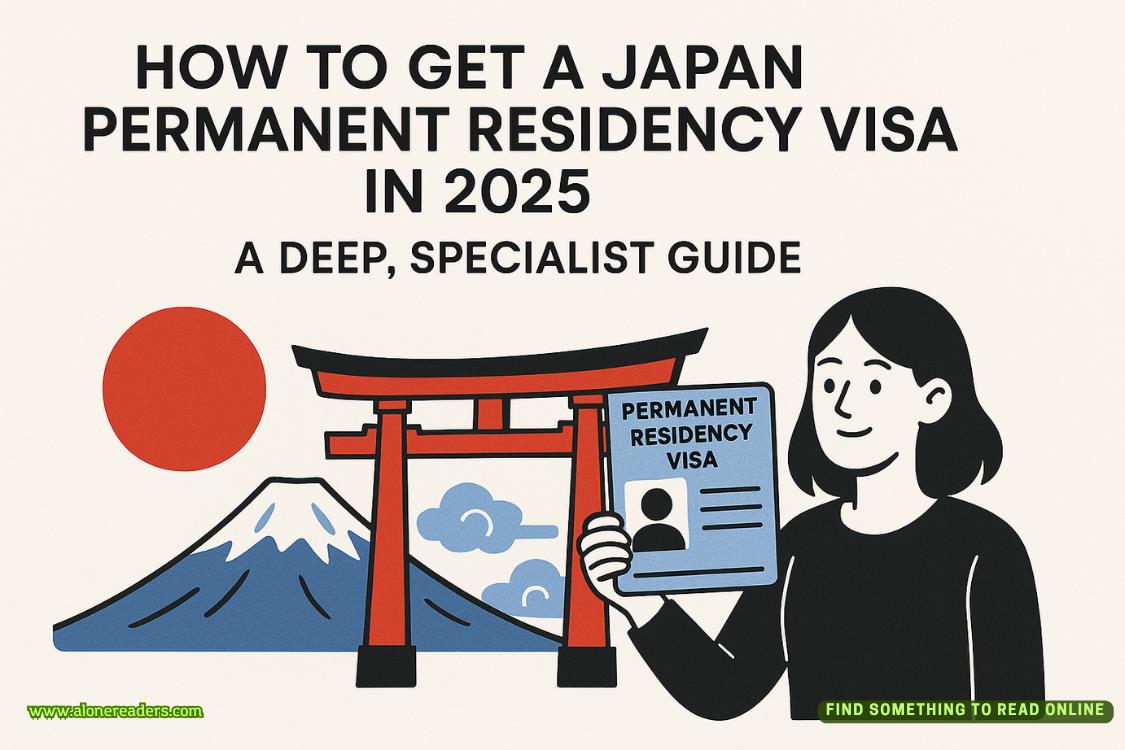Page 5 of Outbreak Protocol
Back in the emergency department, Anna reads my expression. "Hartmann shot you down?"
"Of course." I check Herr Becker's latest vitals—temperature now 40.5°C despite medication. "He thinks I'm overreacting."
"You're not." Anna's voice is firm. "I've worked with you for four years, Felix. Your instincts are usually right."
"Usually isn't good enough for Hartmann. He wants the patient diagnosed, treated, and discharged in under four hours to keep his precious performance metrics looking good."
She touches my arm. "Do what you think is right. I'll back you up."
In the end, I order the lumbar puncture anyway. The results show elevated protein and a moderate pleocytosis with lymphocytic predominance—consistent with viral meningitis. Not definitive, but enough to justify admission and further testing.
Herr Becker is transferred to the medical ward with isolation precautions, despite Hartmann's visible annoyance at the "unnecessary use of a private room." I write detailed notes about the parrot in the chart and request infectious disease consultation, knowing I'll probably get reprimanded tomorrow.
It's nearly midnight when I finally clock out. The emergency department continues its controlled chaos behind me as I walk to the doctors' lounge. My shoulders ache from tension, my mind still churning over Herr Becker's case.
In the quiet of the lounge, I pull up his chart one more time. His condition has deteriorated further—now requiring oxygen, his mental status worsening. The attending physician has ordered an MRI for morning, suspecting encephalitis.
I stare at the screen, that same prickle of unease growing stronger. Something about this case feels ominous, like the distant rumble before a storm breaks. The dead parrot. The rapid progression. The resistance to standard treatments.
This isn't just an unusual flu. It's something else entirely.
I close the chart and lean back, exhaustion settling into mybones. In pathology, my patients were already beyond suffering. Their stories were complete; I simply had to read them correctly. But emergency medicine is different—messy, uncertain, filled with lives hanging in precarious balance.
I chose this path because I needed the connection, needed to matter to the living rather than just interpret the dead. But nights like tonight remind me of the weight of that choice—the nagging worry that follows me home, the faces I can't forget.
I gather my things slowly, reluctant to leave while Herr Becker's condition remains uncertain. But there's nothing more I can do tonight. Tomorrow will bring new patients, new challenges, perhaps answers to today's questions.
As I walk through the parking garage, my phone buzzes with a text from Anna: "Emma says thanks for letting her mom see her play. You're her favourite doctor (after me, of course)."
I smile despite my fatigue. This is why I left pathology—for moments of connection, for the chance to make a difference in lives still unfolding. Even when the cases haunt me, even when bureaucracy frustrates me, this work matters in a way I can feel.
But as I drive home through Hamburg's quiet streets, Herr Becker's feverish face stays with me, along with a growing certainty that we've missed something important—something that might matter beyond just one patient's outcome.
CHAPTER THREE
Day 21
FELIX
I've taken over the corner table at Café Liebermann, three blocks from the hospital. The owner, Greta, keeps my coffee topped up without asking. She's used to seeing me here during my off hours, though not usually with such a grim expression. My laptop screen glows in the dim corner as I enter another case into my makeshift database.
Patient 27: Female, 42, kindergarten teacher. Initial presentation: high fever (40.2°C), severe headache, myalgia. Day 3: confusion, photophobia. Day 5: petechial rash, epistaxis. Day 7: seizures, transferred to ICU. Current status: ventilator support, multi-organ dysfunction.
The café's warmth contrasts with the chill that runs through me as I type. Three weeks since Herr Becker died. Twenty-seven cases since then. Eight deaths. The pattern is unmistakable, but I seem to be the only one connecting the dots.
I scroll through my database, colour-coded by symptom progression, geographical distribution, and suspected exposureroutes. The spreadsheet would make any pathologist proud—meticulous, detailed, annotated with clinical observations that don't fit neatly into diagnostic categories.
"You look like you need something stronger than coffee," Greta says, sliding a plate of käsekuchen beside my laptop.
"Just more hours in the day." I manage a smile that doesn't reach my eyes.
"The world won't end if you take a night off, doctor."
If only she knew how wrong she might be.
After she moves to another table, I pull up the map of Hamburg I've been marking with case locations. No clear epicentre, but clusters are forming—the port area, two schools, a veterinary clinic. Whatever this is, it's gaining momentum.
My phone buzzes with a text from Anna: "Frau Meier from bed 4 just crashed. Respiratory failure. Similar presentation to your other cases."















